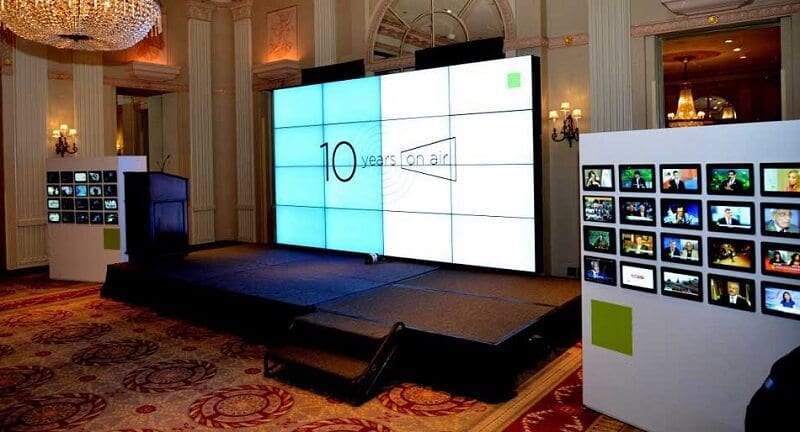Exploring How Definition Affects the Performance and Aesthetic Quality of Light Emitting Diode Walls in Contemporary Exhibition Technology
Exploring How Definition Affects the Performance and Aesthetic Quality of Light Emitting Diode Walls in Contemporary Exhibition Technology
Blog Article
Light Emitting Diode walls are becoming more and more common in different environments, from musical events and sports competitions to corporate presentations and creative exhibits. One of the most important elements that influence the functionality and image quality of these displays is image clarity. Image resolution refers to the number of picture elements that compose the visual on the screen. Higher resolution means additional picture elements, which can result in sharper and clear visuals. Grasping how image clarity impacts LED walls can help users make knowledgeable decisions about their screen requirements.
When talking about resolution, it is essential to consider pixel pitch, which is the distance between the center of one picture element to the center of the next picture element. A reduced pixel spacing results in a greater image clarity, enabling additional clarity in the visuals displayed. For instance, an LED wall with a pixel pitch of 1.5mm will provide a clearer visual than one with a picture spacing of 3mm. This is particularly crucial in settings where audiences are near to the screen, such as in a small venue or a trade event booth. In these cases, a greater image clarity can greatly enhance the viewing experience.
Another aspect of image clarity is its impact on hue precision and luminosity. LED walls with higher image clarity often have superior hue reproduction, meaning that the colors shown are increasingly vibrant and true to life. This is crucial led panel color accuracy evaluation for uses like advertising, where the goal is to attract interest and communicate a concept effectively. Additionally, greater image clarity screens can maintain brightness levels even when seen from various perspectives. This is crucial in big locations where viewers may be seated at different ranges and angles from the display.
The functionality of LED screens is also affected by resolution in terms of update frequencies and reaction durations. A greater image clarity screen can support quicker update frequencies, which is crucial for dynamic material such as films and motion graphics. This means that the images on the screen will appear smoother and more fluid, enhancing the overall viewing experience. In contrast, reduced image clarity displays may struggle with dynamic material, resulting in fuzziness or delay. Therefore, for occasions that depend on dynamic images, selecting a screen with a appropriate image clarity is vital.
In summary, image clarity plays a crucial role in defining the functionality and image clarity of LED screens. Elements such as pixel pitch, hue precision, luminosity, update rates, and reaction times all affect how efficiently a display can communicate data and capture audiences. As advancements continues to progress, grasping these factors will help operators select the appropriate LED screen for their specific requirements, guaranteeing that they obtain the optimal potential results in their presentations and events.